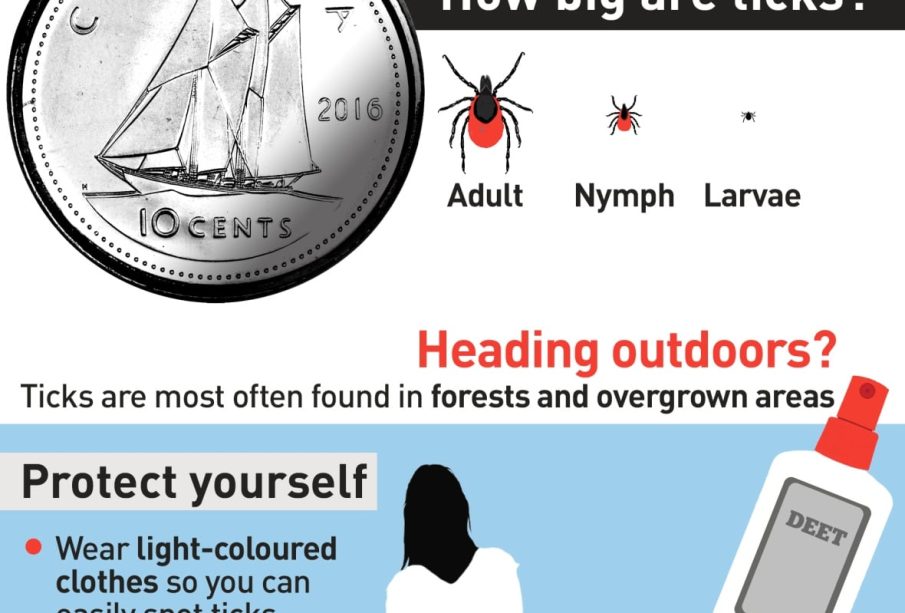Understanding Lyme Disease: Symptoms and Preventive Measures

Introduction to Lyme Disease
Lyme disease is a bacterial infection caused by the Borrelia burgdorferi bacterium, primarily transmitted to humans through the bite of infected black-legged ticks (also known as deer ticks). While Lyme disease is more commonly associated with regions like North America and parts of Europe, its relevance is growing in India as more cases are reported, raising awareness about its prevention and treatment.
Causes and Spread
The primary vector for Lyme disease is the Ixodes scapularis tick, which thrives in wooded and grassy areas. The disease is most commonly reported in individuals who engage in outdoor activities in these environments. In India, increasing deforestation and urban expansion are contributing to a rise in tick populations, making Lyme disease a topic of concern for public health.
Symptoms of Lyme Disease
The symptoms of Lyme disease can vary significantly from person to person, often starting with a characteristic ‘bull’s-eye’ rash at the bite site. Common symptoms include:
- Fever
- Chills
- Fatigue
- Headaches
- Muscle and joint pain
If left untreated, the infection can spread to joints, heart, and nervous system, leading to more severe complications. Early detection and treatment with antibiotics are crucial to prevent such progression.
Preventive Measures
Preventing Lyme disease involves reducing exposure to ticks and their habitats. Some effective preventive strategies include:
- Wearing long sleeves and pants when hiking or walking in wooded areas.
- Using insect repellents that contain DEET on skin and clothing.
- Conducting thorough tick checks on oneself and pets after outdoor activities.
- Keeping lawns and gardens well-maintained to reduce tick habitats.
Conclusion
In summary, as Lyme disease continues to emerge as a public health concern in India, awareness about its symptoms and preventive measures is essential. With increasing urbanization and changes in land use, it is crucial for individuals to adopt preventive strategies to reduce the risk of infection. Healthcare professionals are urged to remain vigilant and educate communities about this disease, ensuring timely diagnosis and treatment to mitigate its impact.









